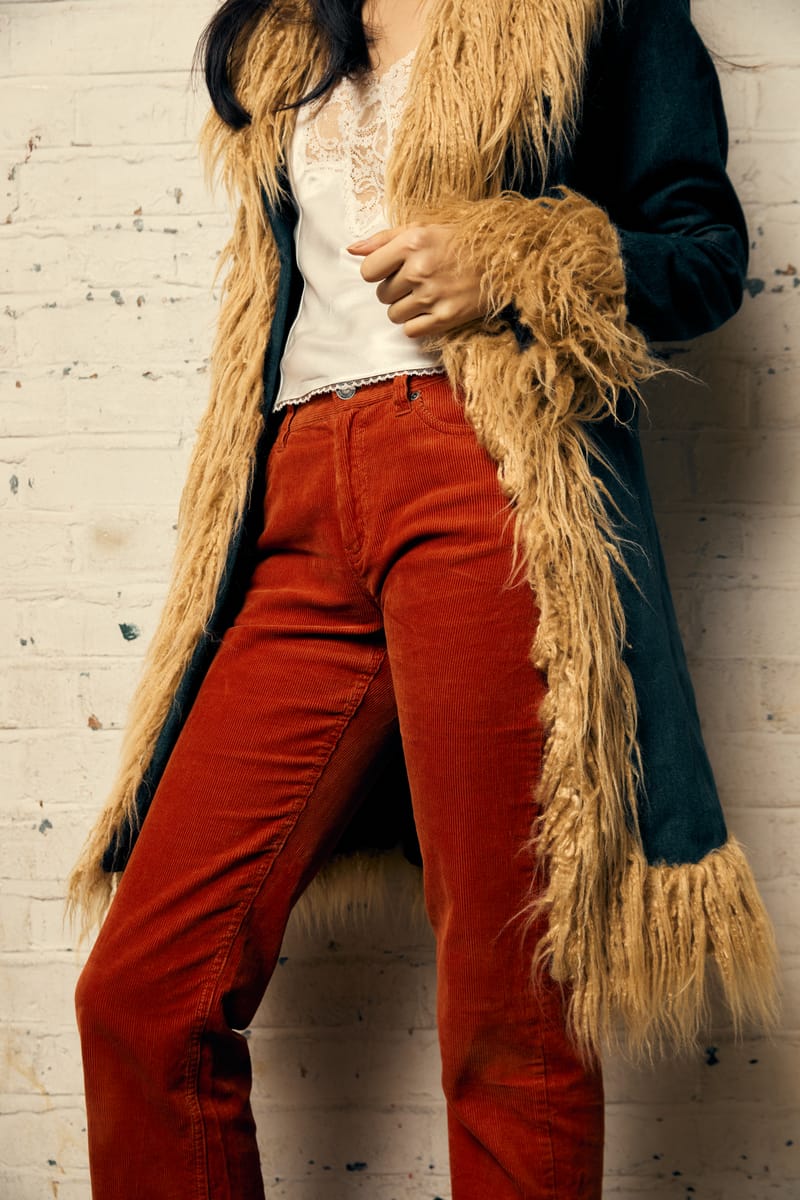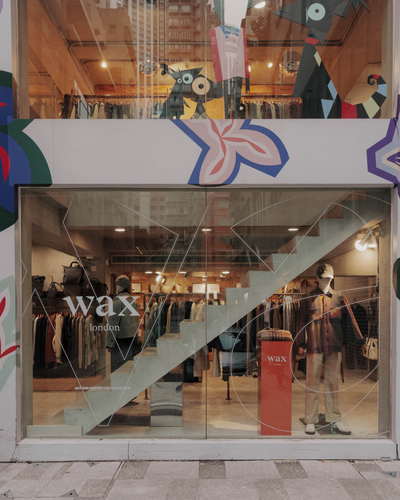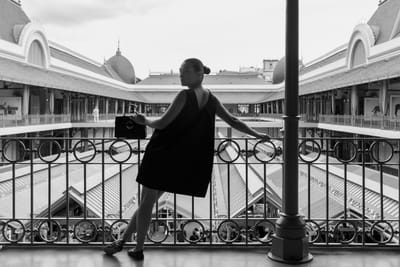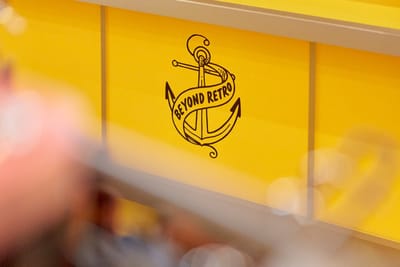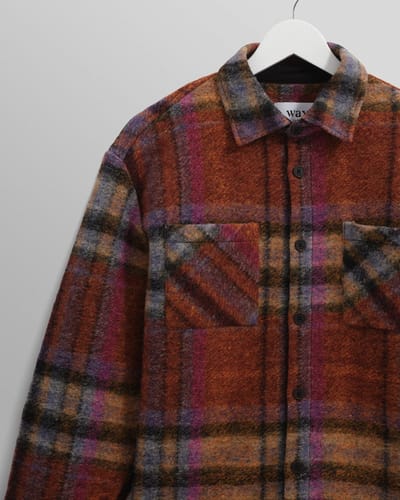Beyond Retro, the leading vintage retailer known for celebrating the timeless and the circular, is marking the arrival of its biggest-ever corduroy drop with an ode to the fabric’s rich and rebellious history.
Next week, over 7,000 one-of-a-kind vintage corduroy pieces will land across select Beyond Retro stores in the UK and Nordics — a treasure trove of texture and tone ready for a new generation of wearers. Find them at Soho and Dalston in London, as well as Drottninggatan in Stockholm and Arkaden in Gothenburg.
From ancient Egyptian weaves to 1970s intellectual cool, The Story of Corduroy explores how this humble ribbed fabric evolved through centuries — from royal robes to workwear, military uniforms, and creative counterculture.
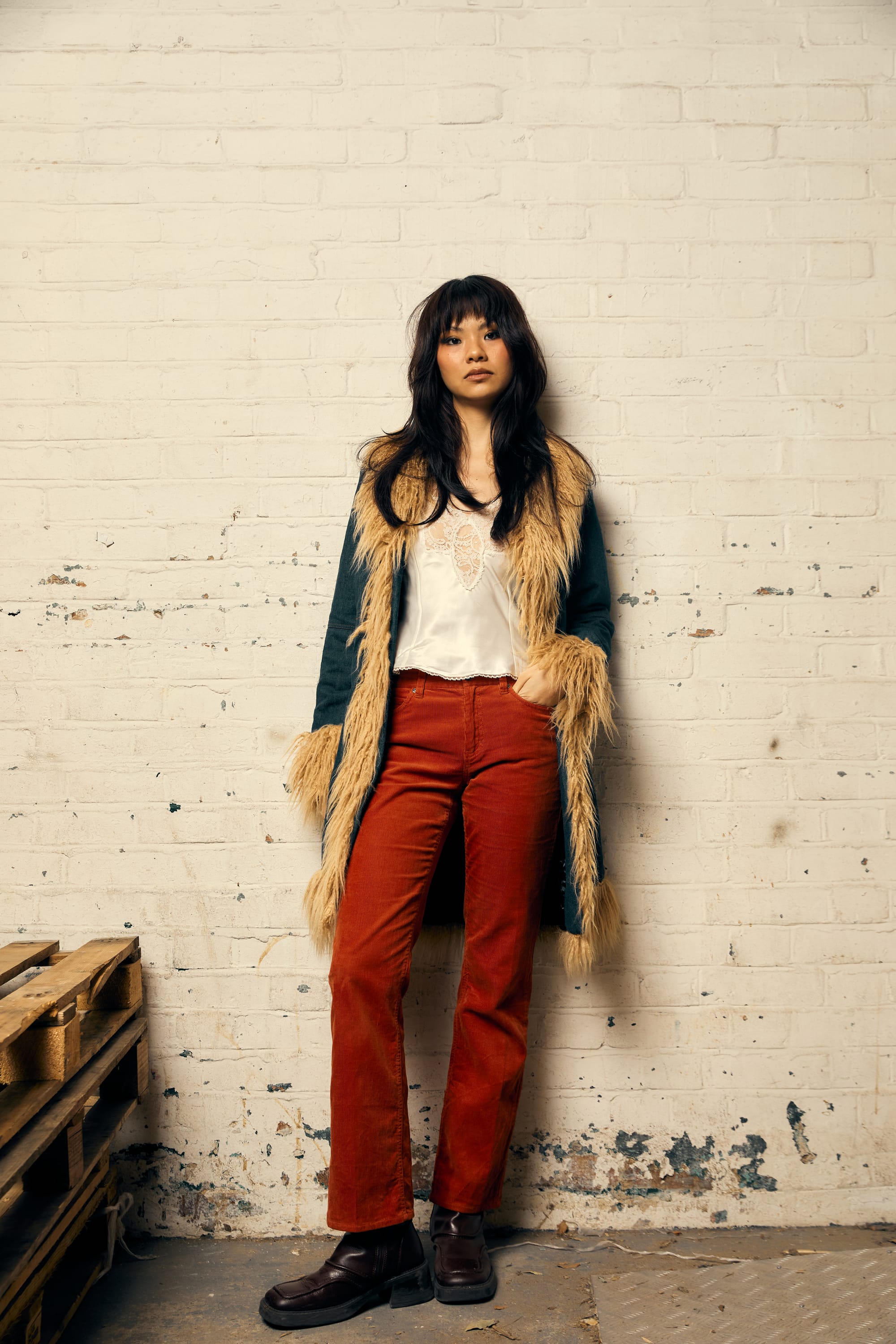
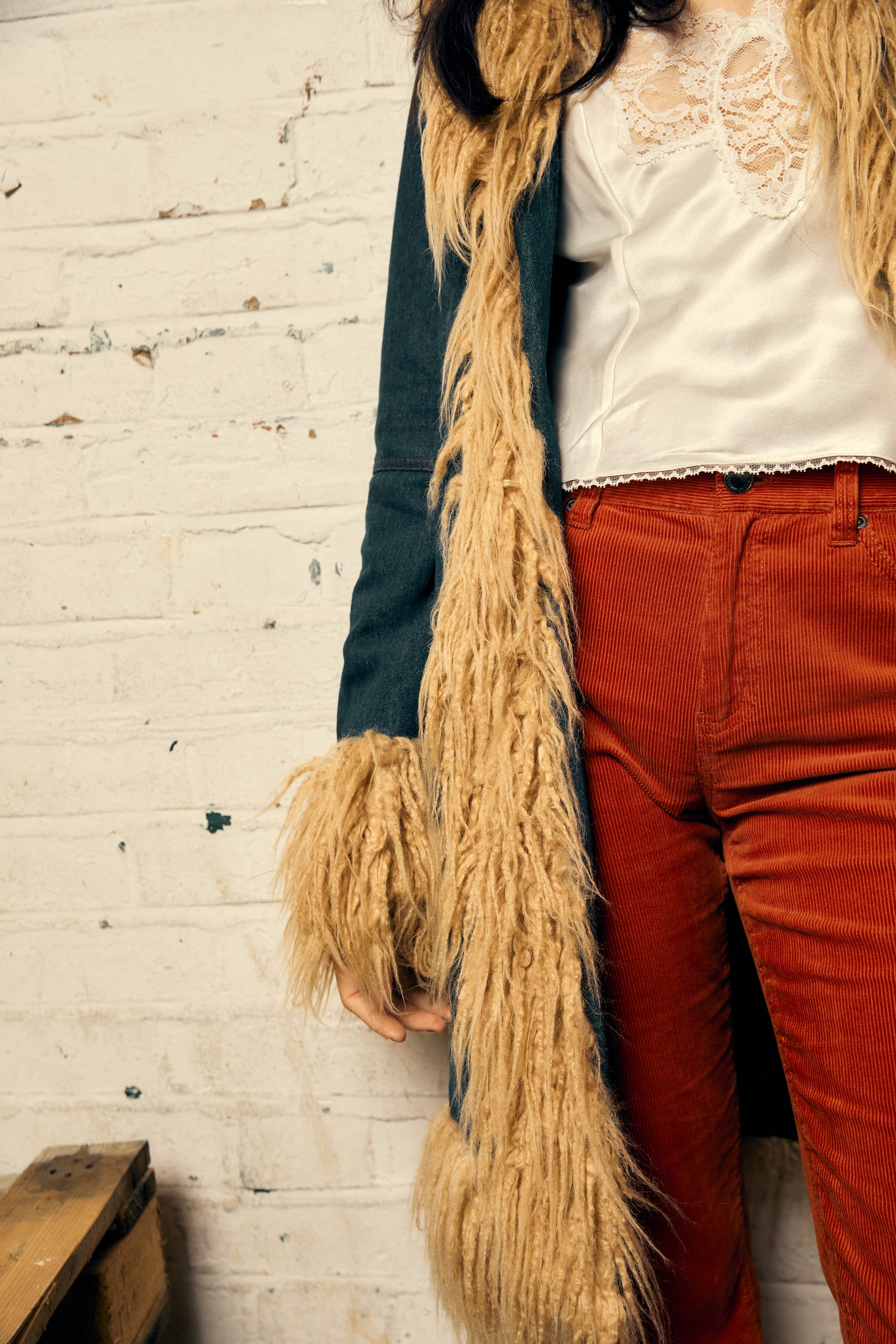
“Corduroy has always carried the marks of its past — the ridges that tell a story of work, rebellion, and renewal,” says Steven Bethell. “This drop is a celebration of craft, culture, and circularity — giving a second life to one of fashion’s most enduring fabrics.”
Corduroy’s earliest ancestor, fustian, dates back to 2nd century Egypt, where it was woven as a luxurious cotton-linen blend. By the 18th century, it evolved into the ribbed textile we now know — named simply for its “cords.” Despite the popular myth, “corduroy” didn’t come from the French cord du roi (“cloth of the king”), though early versions were indeed worn by the wealthy before becoming the uniform of the working class.
As the Industrial Revolution took hold in Britain, corduroy became synonymous with strength and practicality — dubbed the “poor man’s velvet.” Milled in Manchester (earning the nickname “Manchester cloth,” still used in Swedish and German today), it became the fabric of the railwaymen, factory hands, and farmers who built modern Britain.
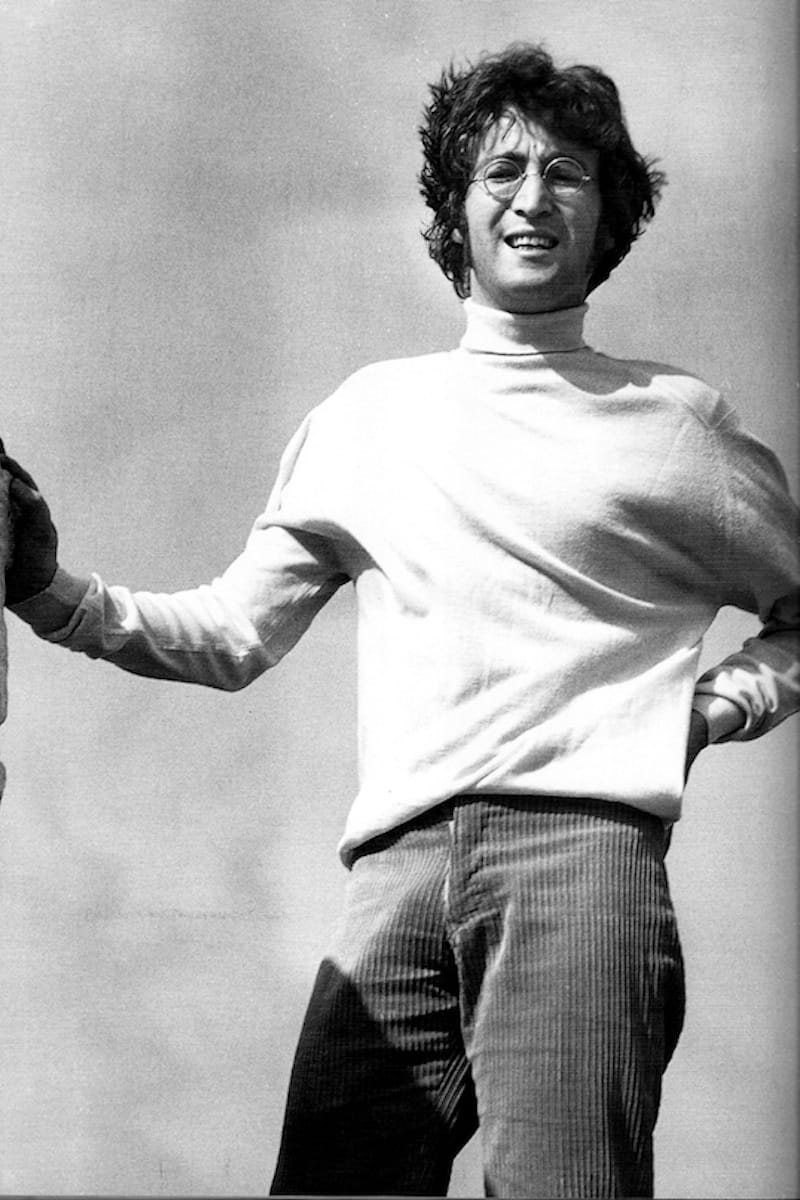
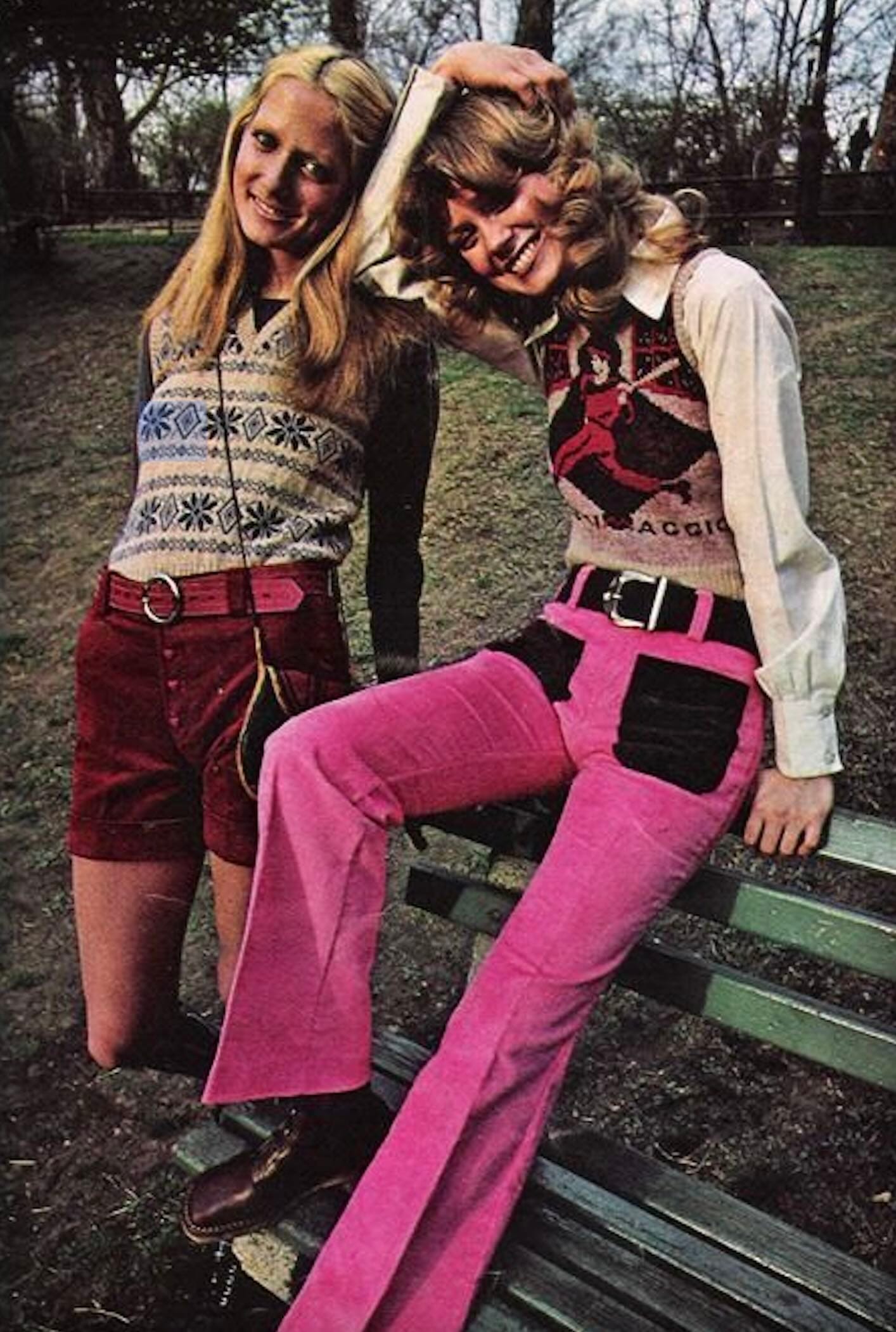
Through the two World Wars, corduroy’s durability made it indispensable for military workwear. After the wars, surplus military cords filled wardrobes across Europe, worn by artists, students, and thinkers who embraced its rugged authenticity.
By the 1960s and 1970s, corduroy had crossed class lines to become a symbol of creativity, intellect, and counterculture — beloved by academics, musicians, and activists alike. From Levi’s flares to Lee Westerners, its tactile warmth embodied the spirit of the era. Through the 1990s vintage revival, grunge, and skate culture rediscovered it again — loose, worn-in, and effortlessly cool. Today, corduroy continues to cycle back, season after season, celebrated by brands and stylists for its timeless texture and sustainability.


Beyond Retro’s latest curated edit celebrates every era of the cord — from 70s wide-wales to 90s oversized jackets, chore coats, and trousers. Each piece is handpicked for its quality, character, and story, offering a tangible link between fashion history and the modern circular wardrobe.
With over 7,000 vintage pieces arriving across Beyond Retro’s flagship locations in London, Stockholm, and Gothenburg, this is the brand’s largest-ever corduroy release — a tactile reminder that what’s old is always worth rediscovering.

